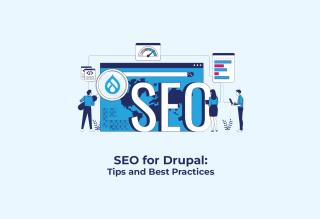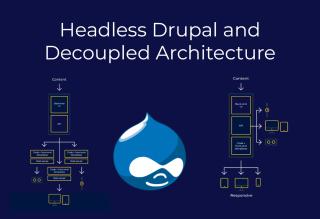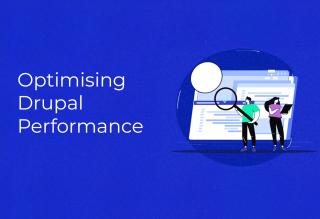Drupal 10: A New Era
As we've explored, Drupal 10 is a significant leap forward, bringing many improvements and innovations. Let’s delve deeper into some of its key features and benefits.

Enhanced Developer Experience
Composer-based Installation: This modern approach simplifies the installation and dependency management process, making it easier for developers to set up new Drupal projects.
Improved Configuration Management: Config Factory and the Configuration Management Initiative (CMI) streamline the management of configuration files, making it easier to deploy and manage Drupal sites across different environments.
Enhanced Testing Framework: Drupal 10 offers a more robust testing framework, enabling developers to write and run tests more efficiently, ensuring code quality and stability.
Improved User Experience
Modernised UI: The updated user interface is more intuitive and user-friendly, making it easier for content editors and site administrators to manage content.
Enhanced Editor Experience: The improved editor offers a more powerful and flexible way to create and format content, with features like inline editing and advanced formatting options.
Improved Accessibility: Drupal 10 is built with accessibility in mind, ensuring that your website is accessible to people with disabilities.
The Future of Drupal

The future of Drupal is bright, with a strong community and a roadmap focused on innovation and user experience. Here are some key trends and developments to watch:
Headless Drupal
Decoupled Architecture: Headless Drupal allows you to separate the front end from the back end, giving you greater flexibility in building custom front-end experiences.
API-First Approach: By exposing Drupal's content and functionality through APIs, you can create a wide range of digital experiences, including mobile apps, single-page applications, and voice-activated interfaces.
AI and Machine Learning
Personalised Content: AI-powered personalisation can help you deliver tailored content to your users, improving engagement and conversion rates.
Automated Tasks: Machine learning can automate routine tasks, such as image optimisation and content moderation, saving time and effort.
Serverless Architecture
Scalability and Cost-Efficiency: Serverless architectures allow you to build highly scalable Drupal applications without the need to manage servers.
Reduced Operational Overhead: By offloading infrastructure management to a cloud provider, you can focus on building and maintaining your Drupal applications.
Progressive Web Apps (PWAs)
Offline Functionality: PWAs can work offline, providing a seamless user experience even without an internet connection.
Fast Load Times: PWAs are optimised for performance, loading quickly and providing a smooth user experience.
Increased Focus on Security
Regular Security Patches: Drupal's active community promptly addresses security vulnerabilities.
Best Practices for Security: Drupal support best practices for securing your website, such as strong password policies, regular security audits, and keeping your Drupal installation up-to-date.
By staying current with the latest trends and innovations, you can leverage Drupal to build powerful, scalable, and secure digital experiences.



